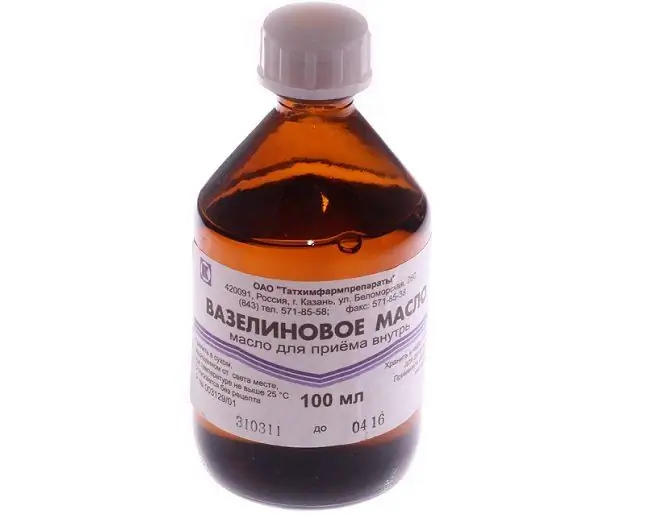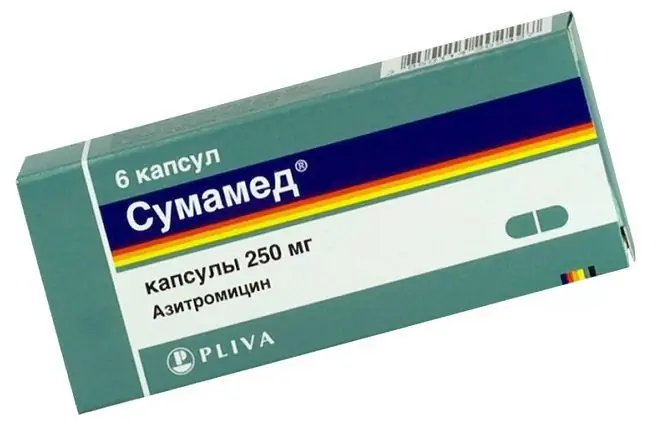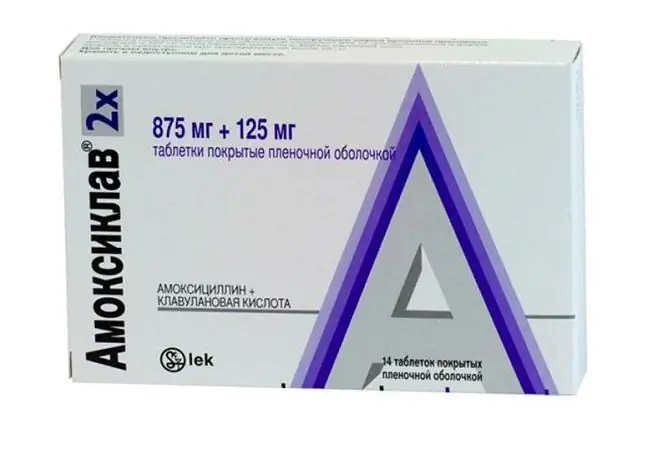Fenasal
Instructions for use:
- 1. Composition and form of release
- 2. Pharmacological action
- 3. Indications for use
- 4. Contraindications
- 5. Method of administration and dosage regimen
- 6. Side effects
- 7. Overdose
Fenasal is an anthelmintic drug.
Composition and form of release of Fenasal

The drug is available in the form of tablets of 250 mg. The active substance is niclosamide.
The package contains 30 or 60 tablets.
pharmachologic effect
The pharmacological action of Fenasal is based on its ability to suppress the resistance of parasites to enzymes in the gastrointestinal tract, which leads to their digestion along with food entering the intestines.
According to the instructions, Fenasal causes paralysis of the neuromuscular apparatus of worms, as a result of which they are unable to fix themselves on the intestinal walls, eat and move. The enzymes of dead helminths are excreted from the body along with the feces.
Indications for the use of Fenasal
According to the instructions, Fenasal is used as an antihelminthic agent for:
- teniarinhoz (infection with an unarmed or bovine tapeworm);
- hymenolepiasis (infection with dwarf tapeworm);
- diphyllobothriasis (infection with a wide tapeworm);
- teniasis.
Contraindications
Fenasal has the following contraindications:
- breast-feeding;
- pregnancy;
- hypersensitivity to niclosamide.
Method of application of Fenasal and dosage regimen
The method of administration and dosage of the drug depends on the age of the patient and the helminth found in his intestines.
As a rule, children under two years of age are prescribed the drug only according to strict indications, two tablets per day.
For children from two to five years old, the dosage is 4 tablets per day.
Children from five to twelve years old are prescribed six tablets per day.
For children over twelve years old and adults, the dosage is 8-12 tablets per day.
With teniasis, the entire daily dosage of the drug should be taken in the morning on an empty stomach, thoroughly chewed and washed down with a sufficient amount of liquid. Two hours after taking Fenasal, you must take a saline laxative. A month later, repeat the course, only without a laxative.
With hymenolepiasis, the daily dosage of Fenasal is divided into four doses. It is necessary to strictly follow the time of taking medicine and food. Food should be consumed at eight in the morning, at one in the afternoon and at six in the evening. And the drug is taken at 10, 12, 14 and 16 hours. The duration of treatment is four days. The course is repeated after a four-day break.
With teniarinchiasis and diphyllobothriasis, the daily dosage is taken in the morning on an empty stomach. It is allowed to take the drug two to three hours after a light dinner. Immediately before taking the medicine, you must drink two grams of baking soda dissolved in water. Two hours after ingestion, you can drink sweet tea with cookies or breadcrumbs. Throughout the day after taking the drug, it is necessary to eat light, non-fatty foods, eat mashed potatoes, cereals, drink a lot of juices and jelly.
Side effects of Fenasal

According to reviews, Fenasal is well tolerated by patients. Side effects are possible in the form of nausea, abdominal pain, dizziness, neurodermatitis, itching of the skin.
Overdose
An overdose of Fenasal according to the instructions causes an increase in its side effects. Vomiting joins with nausea, more pronounced pain sensations appear in the abdominal cavity, rashes of various sizes with severe itching appear on the skin, weakness is felt throughout the body.
If the above symptoms occur, the drug should be discontinued and symptomatic treatment should be carried out.
Information about the drug is generalized, provided for informational purposes only and does not replace the official instructions. Self-medication is hazardous to health!







